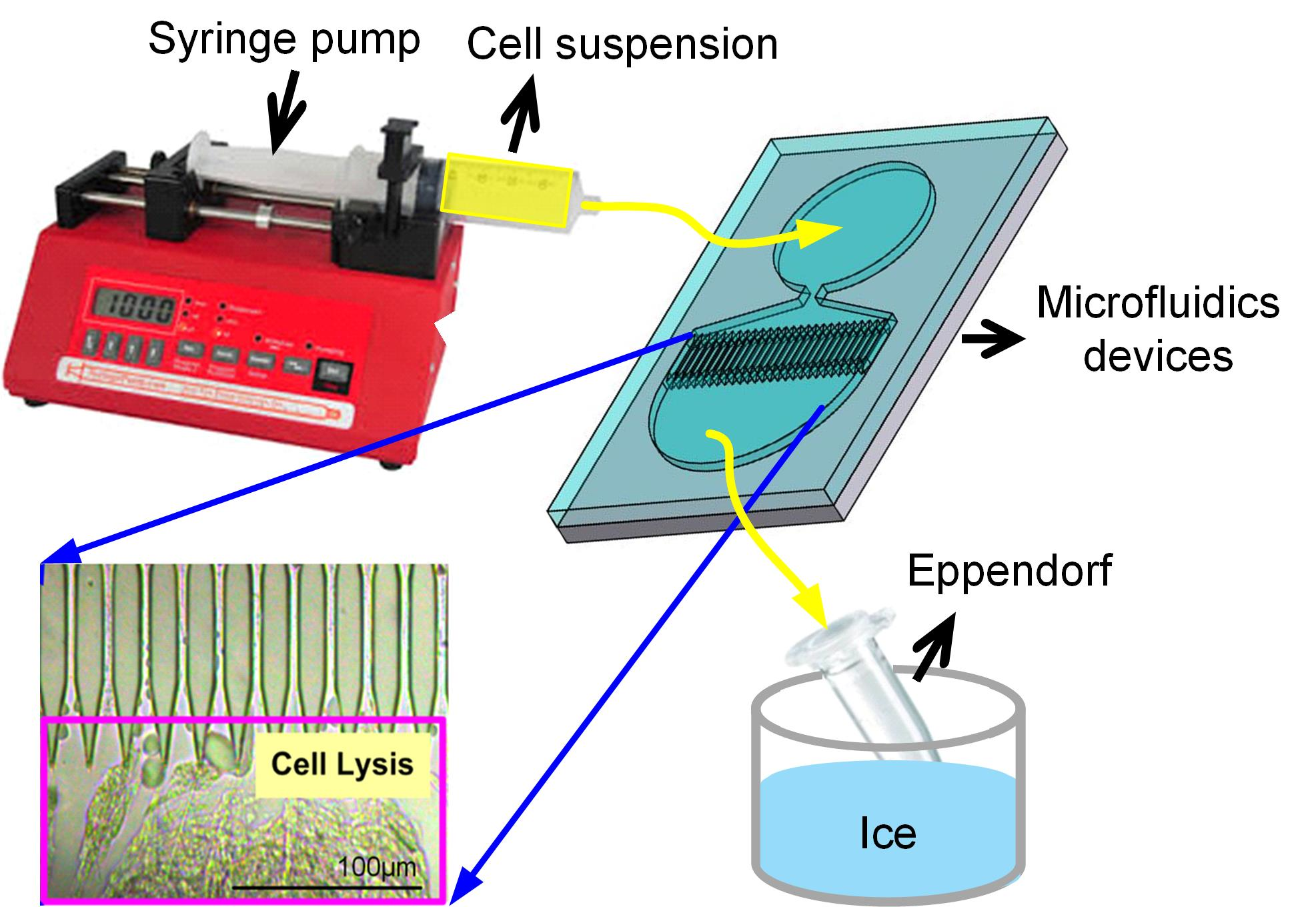Microfluidics is a branch of science that deals with the manipulation and controlling of micro fluids. Micro fluids are fluids which range from something as small as tens to even something even smaller as hundreds of millimeters in length. The microfluidics devices used in this technique are made of glass, silicon or polymer.
 Microfluidics work with the help of a pump and a chip. The pumps are capable of moving liquids inside the chips to a range of 1UL to 10,000UL. The chip, on the other hand contains certain channels that facilitate the processing of fluids into processes such as mixing, chemical and physical reactions.
Microfluidics work with the help of a pump and a chip. The pumps are capable of moving liquids inside the chips to a range of 1UL to 10,000UL. The chip, on the other hand contains certain channels that facilitate the processing of fluids into processes such as mixing, chemical and physical reactions.
A microfluidic chip is a tiny and thin device which enables a tiny amount of fluids to pass through which can be further processed. The chip is generally transparent and ranges from a thickness range of 0.5mm to 5mm in thickness. Microfluidics is mainly used in the application for experimental science, in molecular and cell biology research,
geneticengineering, fluiddynamics, Point of care diagnostics and drug delivery services to name a few.

A microfluidic chip is a tiny and thin device which enables a tiny amount of fluids to pass through which can be further processed. The chip is generally transparent and ranges from a thickness range of 0.5mm to 5mm in thickness. Microfluidics is mainly used in the application for experimental science, in molecular and cell biology research,
geneticengineering, fluiddynamics, Point of care diagnostics and drug delivery services to name a few.
Comments
Post a Comment